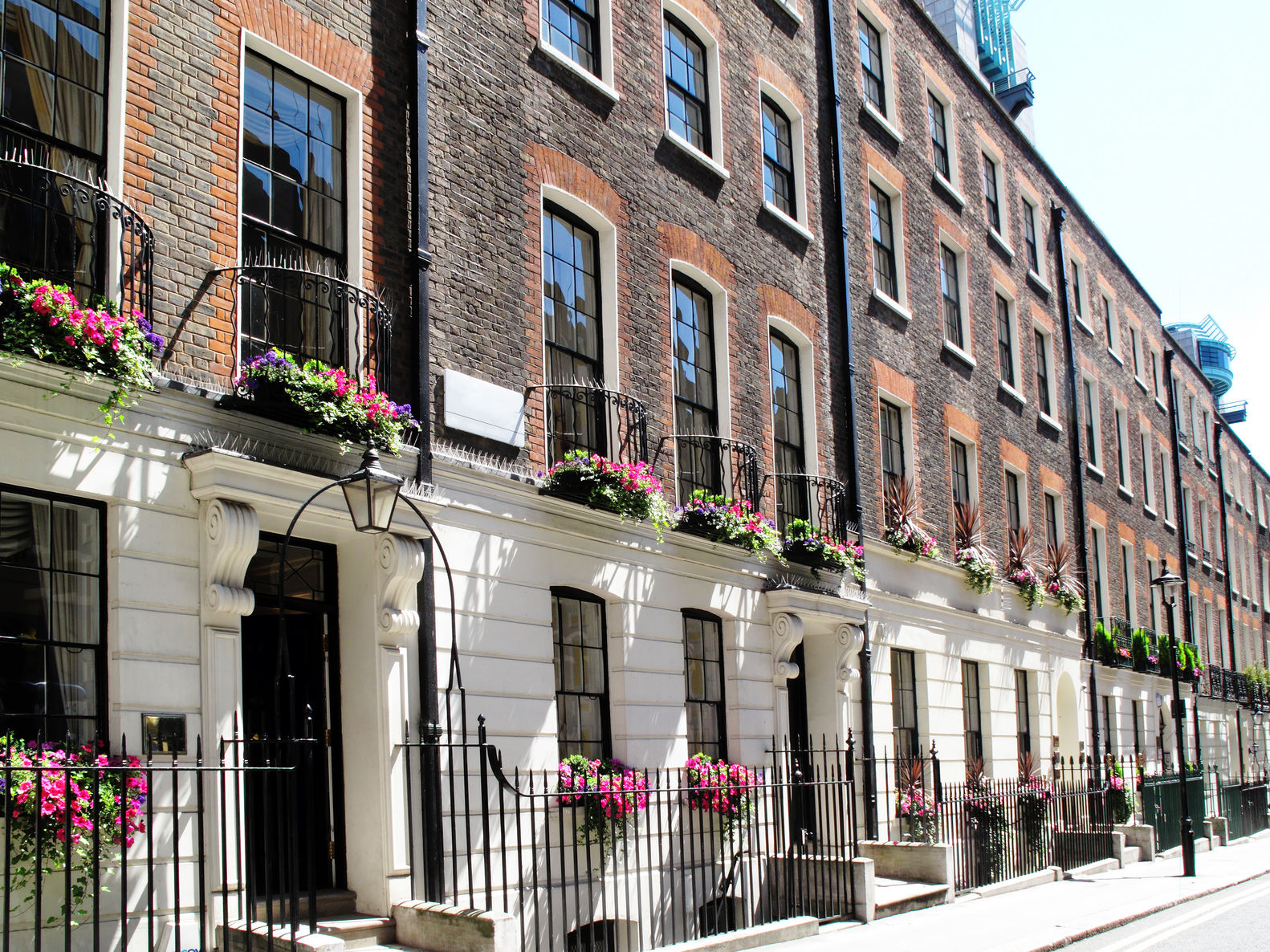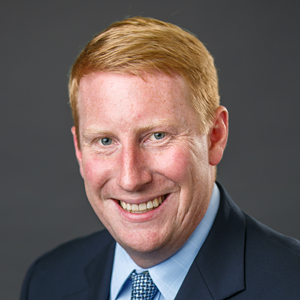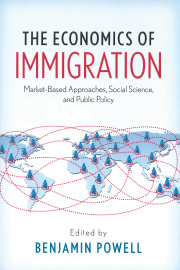Tuesday’s vote on San Francisco’s affordable-housing ballot initiatives will do little to make housing more affordable. San Franciscans didn’t vote poorly. There just were no ballot initiatives aimed at cutting back the restrictions that have made the city, and much of the Bay Area, unaffordable for many Americans.
Voters did what little they could to increase affordability. One ballot initiative that passed will allow the city to issue $310 million in bonds for affordable housing. They also passed an initiative to allow a mixed-use development near AT&T Park (home of the San Francisco Giants). However, the housing produced by these initiatives will be but a drop in the bucket compared to what San Francisco needs to promote affordability.
Thankfully, the proposed 18-month moratorium on new market-rate development in the Mission neighborhood was defeated. It’s precisely this type of measure, and other limitations on new development, which have made the Bay Area so unaffordable.
Housing supply has simply not kept up with housing demand. The City and County of San Francisco’s Budget and Legislative Analyst’s Office said as much last month in its Policy Analysis Report. According to the report, housing prices in San Francisco increased 175 percent from 1980 through 2010, compared to a national average of a 52 percent increase over the same period.
The report also said that annual statewide housing production needs to rise significantly to keep price appreciation in line with the national average. San Francisco would have needed more than 15,000 new housing units per year rather than the actual average of 2,000. At that level of production, the report estimates, median home prices would be 37 percent lower than they are.
Home builders haven’t failed to increase the housing stock for lack of trying. Their greed will drive them to build wherever they can make a buck. The Bay Area certainly is not out of space to build either. A casual glance at the beautiful hills, mountains, and open spaces reveals that there is indeed plenty of land. Even in San Francisco, where much of the land is developed, there is the option to build up rather than out.
The one scarce resource that has driven housing prices through the roof is government permission to build. Cities impose permit moratoria, limit permits, legislate urban-growth boundaries, mandate large lot sizes and minimum setbacks, impose excessive impact fees, and through misguided efforts to promote affordable housing, mandate inclusionary zoning ordinances that produce few affordable units while acting like a tax that makes other housing less affordable.
My book Housing America: Building Out of a Crisis documents how the many government interventions in the housing market make housing less affordable. For those less inclined to read about the issues there, episode four of The Independent Institute’s recent Love Gov video series will give you the idea.
The cumulative effect of all of these supply restrictions is a considerable increase in home prices. Economists Edward Glaeser and Joseph Gyourko, in a classic study, estimated that 90 percent of the difference between physical construction costs and the price of a new home was caused by government restrictions on building. Only 10 percent was due to intrinsically scarce land.
Economics is a science that informs our understanding of tradeoffs. Many people in the Bay Area enjoy its natural beauty and open spaces. They do not like how unaffordable the region has become. But that’s the tradeoff they face.
Government restrictions on new home building to preserve open space and limit density simultaneously drive up housing prices and make the region unaffordable for many people. Voters need to recognize this tradeoff and make hard choices. It’s unfortunate that the ballot initiatives passed last Tuesday do little to address this fundamental tradeoff.












